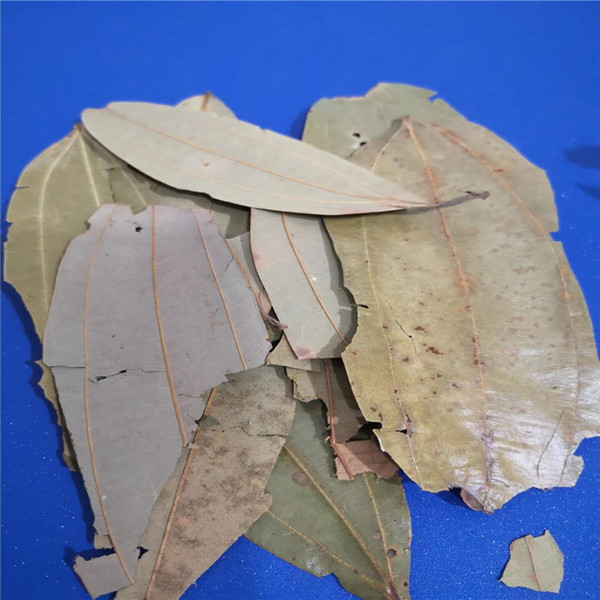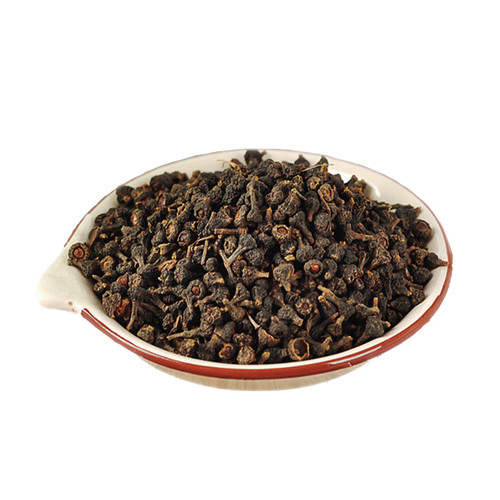Product Overview
Parts used: Dried stem bark
TCM category: Herbs that warm the Interior and/or expel Cold
TCM nature: Hot
TCM taste(s): Pungent Sweet
Meridian affinity: Spleen Heart Kidney Liver
Scientific name: Cinnamomum cassia
Other names: Chinese cassia
Use of cinnamon bark (Rou Gui) in TCM
Please note that you should never self-prescribe TCM ingredients. A TCM ingredient is almost never eaten on its own but as part of a formula containing several ingredients that act together. Please consult a professional TCM practitionner, they will be best able to guide you.
Preparation: Remove impurities and the exterior skin. Crush before use.
Dosage: 1 - 6 grams
Main actions according to TCM*: Warms the Spleen and Kidneys and tonifies the Yang. Expels Cold, Warms the meridians, promotes circulation of Qi and Blood and relieves pain. Used with tonics to assist in the generation of Qi and Blood.
Primary conditions or symptoms for which cinnamon bark may be prescribed by TCM doctors*: Dyspnea Impotence Uveitis Sore throat Abdominal pain Diarrhea Amenorrhea Dysmenorrhea Loss of appetite
Contraindications*: This herb should not be used by those with Yin Deficiency with Heat signs or when there is Interior Heat; it should be used with extreme caution during pregnancy.
Common TCM formulas in which cinnamon bark are used*:
For male impotence or clear vaginal discharge caused by Kidney Yang Deficiency combine cinnamon bark with cloves (Ding Xiang) and morinda roots (Ba Ji Tian).
For Cold Spleen, Stomach and Kidneys with abdominal pains, lack of appetite and loose stools combine cinnamon bark with dried ginger (Gan Jiang), atractylodes rhizomes (Bai Shu), ginseng (Ren Shen) and prepared aconite (Zhi Fu Zi).
For Yin type boils combine cinnamon bark with milkvetch roots (Huang Qi) and dong quai (Dang Gui).
For Cold Stagnation in the Liver meridian associated with hernia combine cinnamon bark with fennel seeds (Xiao Hui Xiang), dried ginger (Gan Jiang) and costus roots (Mu Xiang).
For conditions of metabolic Coldness caused by Yang Deficiency combine cinnamon bark with prepared aconite (Zhi Fu Zi).
For insomnia caused by a lack of communication between the Heart and Kidneys combine cinnamon bark with goldthread rhizomes (Huang Lian).
Key TCM concepts behind cinnamon bark (Rou Gui)'s properties
In Traditional Chinese Medicine (TCM), cinnamon bark are plants that belong to the 'Herbs that warm the Interior and/or expel Cold' category. Herbs in this category are used for Internal Coldness with Qi and Yang Deficiency. In the Yin and Yang system of thought (see our explanation on Yin and Yang) Yang is Hot in nature. A deficiency of Yang will therefore lead to Internal Coldness since there will as a result be more Yin (Cold in nature) than Yang. In extreme cases this can lead to so-called 'Yang collapse' with convulsions or coma and these herbs are particularly indicated to treat such scenarios.
As suggested by its category cinnamon bark are plants that are Hot in nature. This means that cinnamon bark typically help people who have too much "cold" in their body. Balance between Yin and Yang is a key health concept in TCM. Those who have too much cold in their body are said to either have a Yin excess (because Yin is Cold in nature) or a Yang deficiency (Yang is Hot in Nature). Depending on your condition cinnamon bark can help restore a harmonious balance between Yin and Yang.
Cinnamon bark also taste Pungent and Sweet. The so-called "five elements" theory in Chinese Medicine states that the taste of TCM ingredients is a key determinant of their action in the body. Pungent ingredients like cinnamon bark tend to promote the circulations of Qi and body fluids. That's why for instance someone tends to sweat a lot when they eat spicy/pungent food. On the other hand Sweet ingredients tend to slow down acute reactions and detoxify the body. They also have a tonic effect because they replenish Qi and Blood.
The tastes of ingredients in TCM also determine what organs and meridians they target. As such cinnamon bark are thought to target the Spleen, the Heart, the Kidney and the Liver. In TCM the Spleen assists with digestion, blood coagulation and fluid metabolism in the body. In addition to regulating blood flow, the Heart is believed to be the store of the "spirit" which basically refers to someone's vitality. The Kidneys do not only regulate the urinary system but also play a key role in the reproductive system and the growth and aging process of the body. The Liver is often referred as the body's "general" because it is in charge of regulating the movements of Qi and body fluids. It also takes a leading role in balancing our emotions.
Use of cinnamon bark (Rou Gui) as food
Cinnamon bark are also eaten as food. It is used as an ingredient in dishes such as Cinnamon Buns or Hong shao rou.








